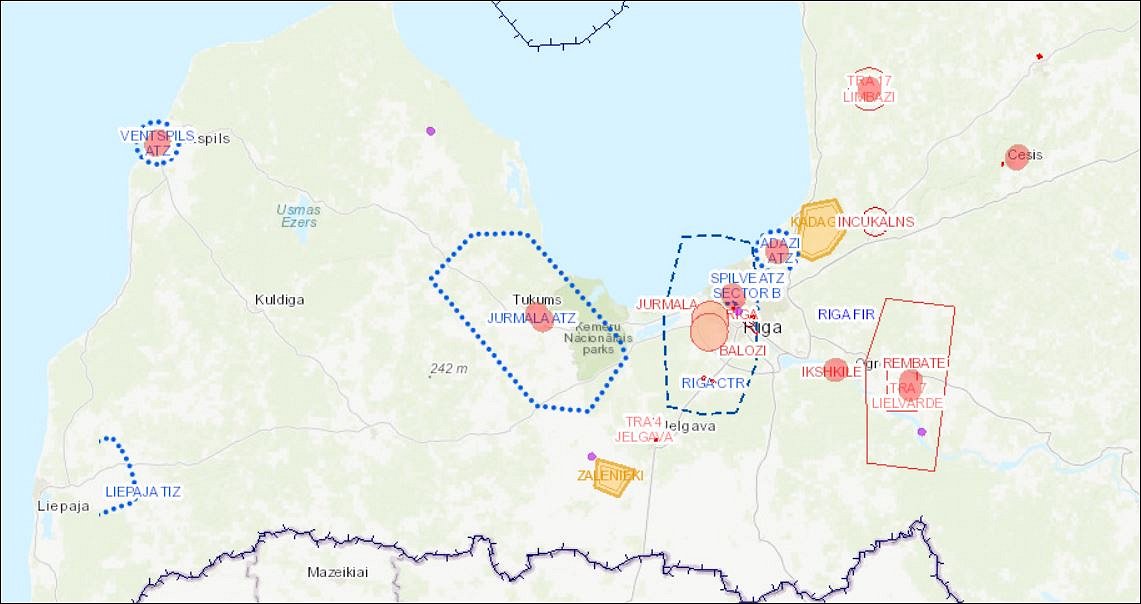According to a Latvian Radio interview with LGS Aerodrome Control Center Director Evita Meždreija, the map is updated every five minutes. The number of drone operators is not only increasing, but they are becoming more educated, and LGS wants to help educate them, hopefully reducing the number of violations.
“Unmanned flying objects aren't allowed to disturb infrastructure object operations, for example, flying over airports, military infrastructure and nearby national security objects,” said LGS Board Chair Dāvids Tauriņš.
The information has been published according the Cabinet of Ministers regulations. The information about object location and violations related to the Regulations Regarding Airspace Management, its Structure and the Procedures for Change Thereof is submitted by object owners or the Civil Aviation Agency.
As previously reported, in 2016 the government supported the new Transport Ministry rules over drone piloting, reported LETA. The changes to the existing regulation include rules on no-fly zones and a ban on drone piloting under the influence.
Then in 2017 a Russian citizen was arrested for flying a drone near the Ministry of Defense building. New laws introduced on July 4 made it an offense to fly drones over military installations, including the Defense Ministry building itself, or within 50 meters of that particular building. For other military installations such as bases, depots and firing ranges, the exclusion is extended to 500 meters.
The regulations are constantly being updated, and last year in order to facilitate the safety of unmanned aircraft and drones, Latvia's Cabinet of Ministers approved related regulations from the Ministry of Transport.
Taking effect January 2, 2020, the aim of the new regulations is to contribute to the safety and security of unmanned aircraft operations, building on the practice of applying the existing regulatory framework, while taking into account aspects of the common regulatory framework already adopted on the European Union (EU) level.





























